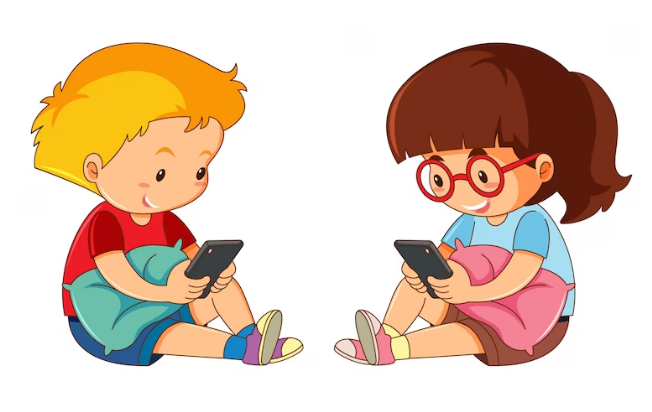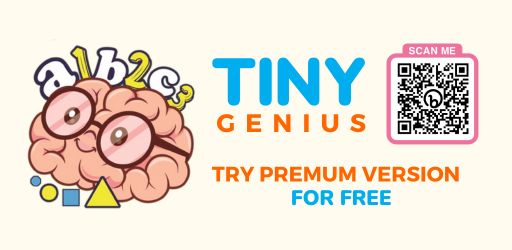Wanted Posters: A Gateway to Historical Engagement in Classrooms
The use of wanted posters in history classes presents a unique and engaging method to teach students about various aspects of history. This approach, which incorporates elements of visual learning, storytelling, and historical analysis, has the potential to transform the traditional classroom environment into a more interactive and thought-provoking space.

Historical Context and Relevance
Wanted posters have been a part of human history for centuries, serving as a means of communication, particularly in the pursuit of justice. They were widely used in the American West during the late 19th century, a period marked by notorious outlaws and lawmen. Similarly, during World War II, such posters were used to seek information on fugitives or enemies of the state.
Benefits of Using Wanted Posters in History Classes
By integrating these posters into history lessons, teachers can offer students a tangible connection to the past, helping them understand the socio-political dynamics of different eras. Using a wanted poster generator, teachers can create educational materials that offer the following advantages:
Visual Learning and Engagement
Visual aids are powerful tools in education, and wanted posters can serve as compelling visual stimuli in the classroom. They typically include a photograph or sketch of the individual, along with a description and a reward offer. This format can be intriguing for students, who often find visual information more engaging than texts. By examining these prints, students can develop skills in critical analysis, as they learn to interpret information presented in a visual format.

Mental Math App for Kids
The mental math games are all about the ability of thinking and solving a problem in your head. It builds that critical thinking in a child’s mind and makes him able to deduce solutions to different problems.
Storytelling and Empathy
Wanted posters often tell a story, not just about the individual in question, but also about the society that produced the poster. When students explore the reasons behind why someone was wanted, they delve into the societal norms, legal systems, and cultural contexts of the time. This exploration can foster empathy and a deeper understanding of historical figures as real people with complex lives, rather than mere names in a textbook.
Critical Thinking and Debate
Using wanted posters in the classroom also encourages critical thinking and debate. Students can discuss the morality and legality of actions taken by historical figures, the justice system of the time, and the biases inherent in these posters. Such discussions not only enhance historical knowledge but also develop students' ability to articulate and defend their viewpoints, a crucial skill in any academic discipline.
Interdisciplinary Connections
The study of wanted posters can be an interdisciplinary exercise, linking history with art, sociology, law, and even psychology. For instance, students can analyze the artistic elements of the posters, study the legal frameworks of different periods, or delve into the psychological profiles of historical figures. This interdisciplinary approach can broaden students' understanding of history as an interconnected web of various fields of study.
Research Skills and Methodology
Incorporating wanted posters into history classes also offers an excellent opportunity for students to develop their research skills. Teachers can encourage students to investigate the background stories of the individuals on the posters, the historical accuracy of the information presented, and the outcomes of these cases. This research can be conducted through primary and secondary sources, fostering a methodological approach to historical study.
Creative Assignments and Projects
Teachers can further enhance the learning experience by assigning creative projects related to wanted posters. For example, students could create their own posters for historical figures, employing historical research to justify their choices of crimes and rewards. Such projects not only stimulate creativity but also require a deep engagement with historical content.
Addressing Modern Implications
Finally, wanted posters can be used to draw parallels between historical and contemporary issues. Discussions can focus on how the concept of 'wanted' individuals has evolved over time, the role of media in shaping public perceptions of criminals, and the ethical considerations in publicizing individuals' identities. These discussions can help students develop a nuanced understanding of both historical and modern justice systems.
Wrapping Up
Incorporating wanted posters into history classes offers a multifaceted approach to education that can significantly enhance students' learning experiences. Through this method, teachers can facilitate visual learning, encourage storytelling and empathy, promote critical thinking and debate, foster interdisciplinary connections, enhance research skills, stimulate creativity, and draw parallels to modern issues. As such, wanted posters are not just relics of the past but dynamic tools for educating the historians of the future.










